Introduction
In today’s digital age, the quality of a mobile phone’s camera is a critical factor for many consumers. The ability to capture high-quality photos and videos on the go is not just a luxury but a necessity for many. Whether you’re an avid social media user, a professional photographer, or someone who loves to capture life’s moments, having a mobile phone with the best camera is essential. This comprehensive guide will walk you through everything you need to know about finding a smartphones with the best camera in 2024. From smartphone camera comparison to mobile photography tips, we will cover all aspects to help you make an informed decision.
Section 1: Importance of Smartphones with the Best Camera
The importance of camera quality in mobile phones cannot be underestimated. High-quality cameras let you capture stunning images and videos, which are essential for personal memories, social sharing, and even professional work. For social media enthusiasts, a good camera phone means better content and more engagement.
Impact on User Experience
Camera quality affects more than just the photos you take. It influences video recording, video calls, and even augmented reality experiences. A superior camera improves the overall user experience by offering better performance in various lighting conditions, advanced features such as optical zoom and image stabilization, and seamless integration with photo editing applications. Whether you’re capturing a stunning landscape or a spontaneous moment, a phone with a top-quality camera can make a big difference.
Influencing Purchase Decisions
For many consumers, the camera quality is a decisive factor when choosing a new smartphone. With social media platforms like Instagram, Snapchat, and TikTok becoming increasingly popular, the demand for high-quality camera phones has surged. People want to share their lives through visually appealing photos and videos, and the right camera phone can make all the difference. Therefore, manufacturers are continually improving their camera technology to meet consumer expectations.
Professional Use
Professional photographers and videographers are also turning to smartphones as a viable alternative to traditional cameras. The convenience of having a powerful camera in your pocket is unmatched. Many flagship camera phones now offer features that rival those of professional cameras, making them suitable for various professional applications. Whether it’s for vlogging, journalism, or content creation, having a mobile phone with the best camera is crucial for professionals.
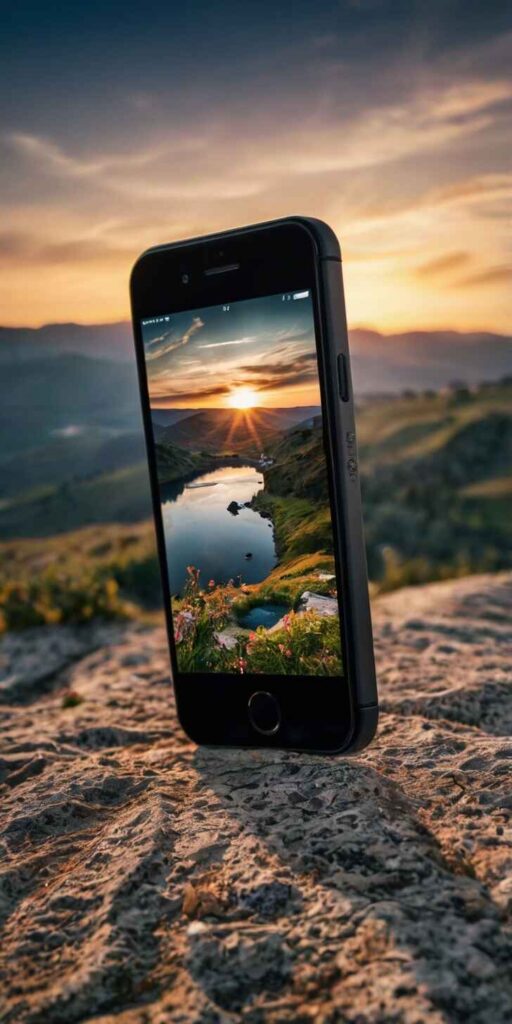
Section 2: Key Features to Look for in a Camera Phone
When searching for a mobile phone with the best camera, there are several key features to consider. Understanding these features will help you make an informed decision and find a camera phone that meets your needs.
Technical Specifications
Megapixels
Higher megapixels mean more detailed images. However, they aren’t the only factor determining image quality. While more megapixels can provide greater detail, other factors like sensor size and lens quality also play crucial roles in the overall image quality.
Sensor Size
Larger sensors capture more light, improving image quality, especially in low-light conditions. A larger sensor can produce images with better dynamic range and less noise, making it a vital feature for anyone looking for the best camera phone for photography.
Lens Aperture
Wider apertures (lower f-numbers) allow more light, which improves low-light photography and depth-of-field effects. A phone with a larger aperture can capture more detailed and brighter images in challenging lighting conditions.
Optical Image Stabilization (OIS)
OIS reduces blurriness in photos and videos, especially in low-light conditions. This feature is particularly important for capturing sharp images without the need for a tripod or steady hand.
Autofocus Technologies
Advanced autofocus systems, such as phase detection and laser autofocus, provide faster, more precise focusing. This ensures that your subjects are always in sharp focus, regardless of the lighting conditions or movement.
Zoom Capabilities
Optical zoom maintains image quality, while digital zoom may degrade the image. Phones with optical zoom lenses can bring distant subjects closer without losing detail, making them ideal for capturing distant scenes or wildlife.
Software Enhancements
Computational Photography and AI
Artificial intelligence improves images by optimizing settings and adding features such as night mode and portrait mode. AI algorithms can automatically adjust exposure, color balance, and other settings to enhance the overall image quality.
Camera Modes
Various modes, such as night mode, portrait mode, and professional mode, offer flexibility in different shooting scenarios. These modes allow you to capture the best possible images, regardless of the environment or lighting conditions.
Post-Processing Software
Built-in editing tools allow quick adjustments and improvements right on your phone. Having robust editing capabilities on your smartphone enables you to enhance your photos without needing additional software or transferring files to a computer.

Additional Features
Night Mode
Why Night Mode Matters: This feature uses a combination of longer exposure times and software algorithms to brighten images, reduce noise, and enhance details that are often lost in the dark.
How It Works: Night mode typically activates automatically when the camera detects low-light environments. The phone takes multiple shots at different exposures and combines them to create a single, well-lit photo. Advanced computational photography techniques and AI further refine the image to ensure sharpness and color accuracy.
Benefits of Night Mode:
- Enhanced Low-Light Performance: Capture vivid and sharp images even in dimly lit environments.
- Reduced Noise: Minimize graininess and distortion often seen in low-light photos.
- Greater Detail: Highlight finer details that are typically lost in the dark.
Top Phones with Superior Night Mode:
- iPhone 15 Pro Max: Known for its excellent night mode, providing bright and clear photos with minimal noise.
- Google Pixel 8 Pro: Offers exceptional low-light photography through its advanced AI and computational photography techniques.
- Samsung Galaxy S24 Ultra: Features an impressive night mode that captures detailed and vibrant images in the darkest settings.
Portrait Mode
Why Portrait Mode Matters: Portrait mode is a popular feature that allows users to take professional-looking photos with a shallow depth of field. This mode focuses on the subject while blurring the background, creating a bokeh effect that enhances the overall aesthetic of the image.
How It Works: Portrait mode uses dual or multiple lenses in conjunction with software algorithms to separate the subject from the background. Advanced AI algorithms further enhance the subject’s focus and refine the edges to ensure a natural blur.
Benefits of Portrait Mode:
- Professional-Looking Photos: Achieve DSLR-like quality with beautiful bokeh effects.
- Subject Emphasis: Draw attention to the subject by blurring the background.
- Customizable Effects: Some phones allow users to adjust the level of background blur and add lighting effects.
Top Phones with Outstanding Portrait Mode:
- iPhone 15 Pro Max: Features an excellent portrait mode with adjustable bokeh and lighting effects.
- Google Pixel 8 Pro: Known for its precise edge detection and natural-looking background blur.
- OnePlus 12: Offers a solid portrait mode with customizable bokeh levels and lighting adjustments.
Video Capabilities (4K, 8K, Slow Motion)
Why Advanced Video Capabilities Matter: In addition to photography, high-quality video recording is a crucial aspect of a mobile phone with the best camera. Features like 4K and 8K video recording, as well as slow-motion capabilities, allow users to capture stunning, cinematic videos directly from their smartphones.
4K Video Recording: 4K video recording offers four times the resolution of Full HD, providing crystal-clear video quality with high levels of detail. It’s ideal for capturing landscapes, events, and any scene where image quality is paramount.
8K Video Recording: 8K video recording takes it a step further by delivering even higher resolution, suitable for professional-grade video production. Although it requires more storage and processing power, the resulting videos are incredibly detailed and future-proof.
Slow Motion: Slow-motion video allows users to capture fast-moving scenes at a high frame rate, which can be played back at a slower speed to highlight details that are otherwise missed. It’s perfect for sports, action shots, and creative videography.
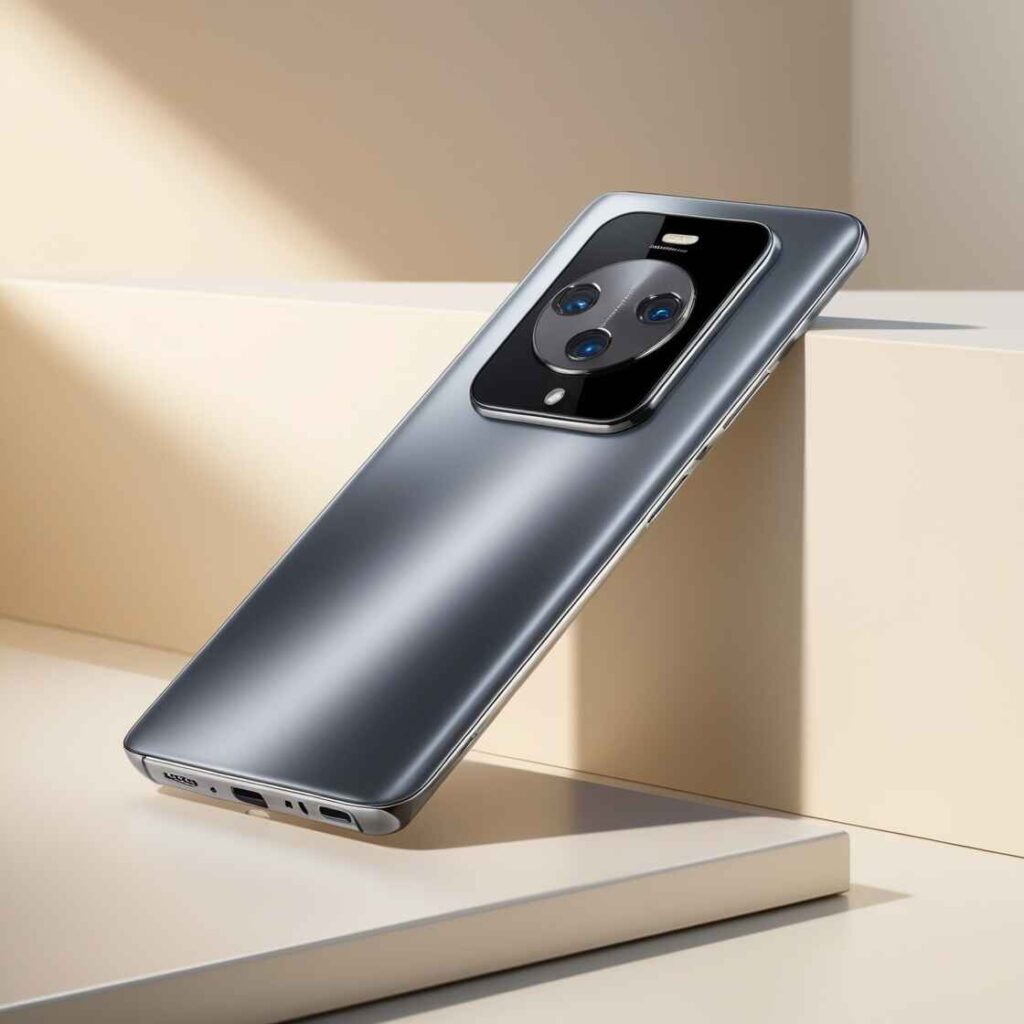
Benefits of Advanced Video Capabilities:
- Superior Video Quality: Capture videos with stunning detail and clarity.
- Professional Production: 8K recording provides cinema-quality footage for professional use.
- Creative Possibilities: Slow motion adds a dramatic effect, making videos more engaging and visually appealing.
Top Phones with Exceptional Video Capabilities:
- iPhone 15 Pro Max: Supports 4K and 8K video recording with ProRes capabilities, offering high-quality video editing and production.
- Samsung Galaxy S24 Ultra: Features 8K recording and advanced slow-motion options, which are ideal for professional videographers.
- Xiaomi Mi 14: Provides versatile video recording options, including 4K and 8K, as well as high-frame-rate slow motion.
Mobile Camera Technology Advancements
The advancements in mobile camera technology have revolutionized the way we capture and share moments. From hardware improvements to software enhancements, modern smartphones are equipped with features that were once exclusive to professional cameras. Here are some key advancements that have shaped the current landscape of mobile photography.
AI in Smartphone Cameras
Artificial Intelligence (AI) has become a cornerstone of mobile camera technology. AI algorithms enhance image processing by automatically adjusting settings such as exposure, white balance, and focus. This ensures that photos are optimized for various lighting conditions and scenes without manual intervention.
Benefits of AI in Smartphone Cameras:
- Scene Recognition: AI can identify different scenes (e.g., landscapes, portraits, food) and adjust settings accordingly for optimal results.
- Real-Time Enhancements: AI processes images in real-time, providing instant enhancements and corrections.
- Smart Suggestions: AI offers suggestions for improving your shots, such as framing adjustments and lighting tips.
Top phones utilizing AI technology:
- Huawei P60 Pro: Known for its advanced AI-driven photography features.
- Oppo Find X6 Pro: Utilizes AI to enhance image quality and provide real-time suggestions.
- Vivo X90 Pro: features AI scene recognition and smart enhancements.
Computational Photography
Computational photography combines hardware and software to produce images that go beyond the capabilities of traditional photography. Techniques such as HDR (High Dynamic Range), multi-frame processing, and depth mapping enhance image quality and provide features like portrait mode and night mode.
Benefits of Computational Photography:
- Improved Dynamic Range: Captures more detail in both highlights and shadows.
- Enhanced Low-Light Performance: Produces clearer and brighter images in low-light conditions.
- Advanced Effects: Enables features like portrait mode and bokeh effects through depth mapping.
Top Phones with Computational Photography Features:
- Google Pixel 8 Pro: Pioneers in computational photography with features like HDR+ and Night Sight.
- Apple iPhone 15 Pro Max: Utilizes computational photography for features like Deep Fusion and Smart HDR.
- Samsung Galaxy S24 Ultra: Offers advanced computational photography capabilities for enhanced image quality.
Section 3: Top Mobile Phones with the Best Cameras in 2024
Choosing the mobile phone with the best camera can be a daunting task given the plethora of options available. Here, we present a detailed analysis of some of the top contenders in the market, categorized into premium flagships, mid-range champions, and budget-friendly options.
Premium Flagships
Apple iPhone 15 Pro Max:
- Key Camera Features: Triple lens setup, LiDAR scanner, ProRAW and ProRes support, advanced computational photography.
- Pros: Exceptional photo and video quality, robust software, seamless integration with the Apple ecosystem.
- Cons: High price, limited customization.
Samsung Galaxy S24 Ultra:
- Key Camera Features: Quad-lens setup, 200MP main sensor, 10x optical zoom, AI-enhanced photography.
- Pros: Versatile camera system, impressive zoom capabilities, excellent performance in all lighting conditions.
- Cons: Expensive, large, and heavy design.
Google Pixel 8 Pro:
- Key Camera Features: Dual lens setup, enhanced computational photography, enhanced night mode, real-time HDR+.
- Pros: Superior software optimization, excellent low-light performance, easy-to-use interface.
- Cons: Less versatile hardware, and fewer customization options.
Mid-Range Champions
OnePlus 12:
- Key Camera Features: Triple lens setup, enhanced night mode, AI scene detection, ultra-fast charging.
- Pros: great value, solid performance, good build quality.
- Cons: Camera software needs refinement and has average low-light performance.
Xiaomi Mi 14:
- Key Camera Features: Quad-lens setup, 108 MP main sensor, periscopic zoom, advanced video recording features.
- Pros: High-resolution camera, versatile shooting modes, competitive prices.
- Cons: MIUI software can be overwhelming and has inconsistent software updates.
Budget-Friendly Options
Google Pixel 7a:
- Key Camera Features: Dual lens setup, Night Sight, Portrait mode, clean Android Experience.
- Pros: Excellent photo quality for the price, regular software updates, compact design.
- Cons: Limited storage options, no wireless charging.
Samsung Galaxy A54:
- Key Camera Features: Triple lens setup, super AMOLED display, decent low-light performance, good battery life.
- Pros: Affordable, reliable performance, expandable storage.
- Cons: Plastic construction, average software support.
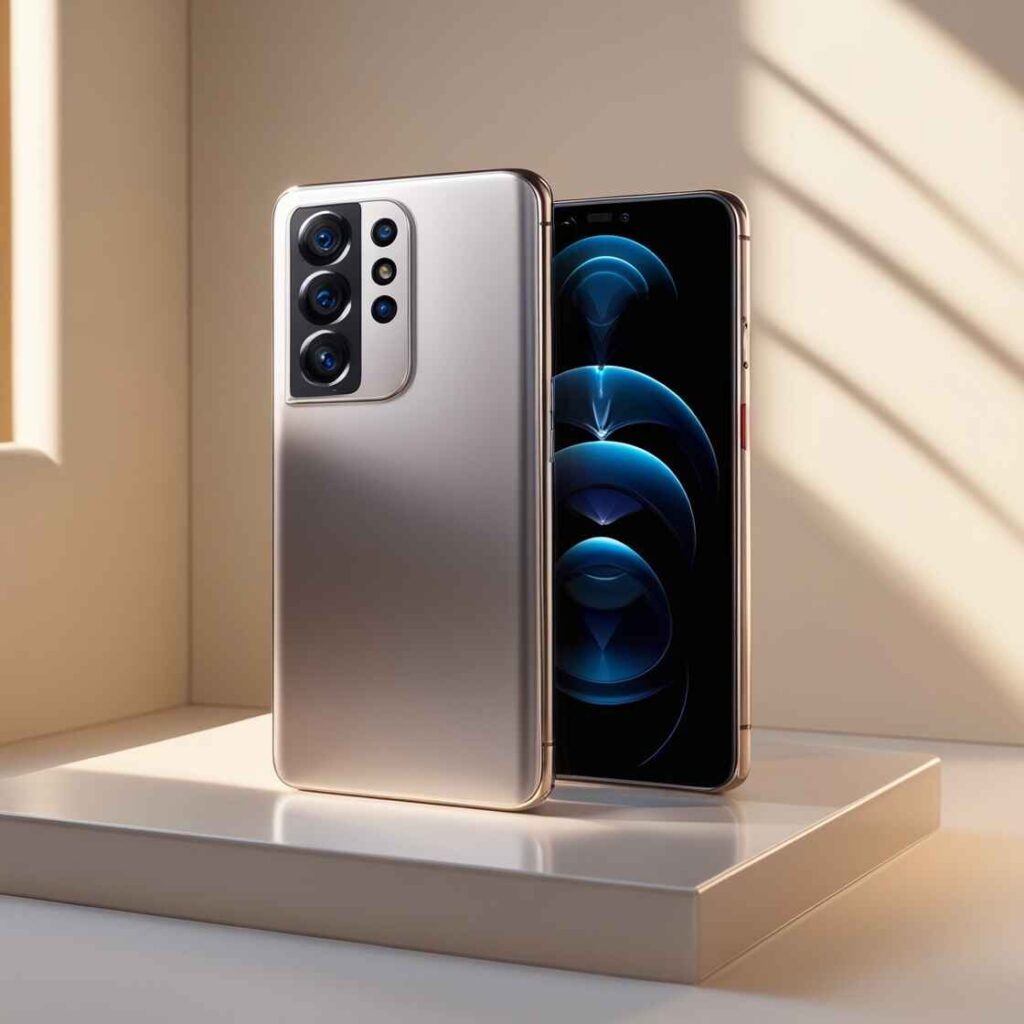
Section 4: Comparative Analysis of the Best Camera Phones
A detailed comparison helps in understanding the strengths and weaknesses of each model. Below is a comparative analysis of the top mobile phones with the best cameras in 2024.
| Feature | iPhone 15 Pro Max | Galaxy S24 Ultra | Pixel 8 Pro | OnePlus 12 | Xiaomi Mi 14 | Pixel 7a | Galaxy A54 |
| Megapixels | 48MP | 200MP | 50MP | 50MP | 108MP | 12MP | 50MP |
| Lens Aperture | f/1.5 | f/1.8 | f/1.7 | f/1.6 | f/1.8 | f/1.7 | f/1.8 |
| Optical Zoom | 3x | 10x | – | 2x | 5x | – | – |
| OIS | Yes | Yes | Yes | Yes | Yes | Yes | Yes |
| Night Mode | Yes | Yes | Yes | Yes | Yes | Yes | Yes |
| Video Recording | 4K/8K | 4K/8K | 4K | 4K | 4K/8K | 4K | 4K |
| AI Enhancements | Yes | Yes | Yes | Yes | Yes | Yes | Yes |
| Price | $$$$ | $$$$ | $$$ | $$$ | $$$ | $$ | $$ |
Analysis and Insights
iPhone 15 Pro Max
The iPhone 15 Pro Max stands out with its exceptional camera capabilities, offering a balanced combination of hardware and software. The triple-lens setup, LiDAR scanner, and ProRAW support make it an excellent choice for both photography enthusiasts and professionals. The seamless integration with Apple’s ecosystem further enhances its appeal, though its high price may be a deterrent for some.
Samsung Galaxy S24 Ultra
The Samsung Galaxy S24 Ultra boasts a 200MP main sensor and 10x optical zoom, making it one of the most versatile camera phones available. Its AI-enhanced photography and robust hardware ensure excellent performance in all lighting conditions. However, its large and heavy design, coupled with a high price tag, may not appeal to everyone.
Google Pixel 8 Pro
The Google Pixel 8 Pro excels in computational photography, offering superior software optimization and excellent low-light performance. Its user-friendly interface and regular software updates make it a favorite among Android users. While it may not have the most versatile hardware, its software-driven enhancements more than compensate for it.
OnePlus 12
The OnePlus 12 offers great value with its triple-lens setup, enhanced night mode, and AI scene detection. It’s a solid performer with good build quality, though its camera software could use some refinement. For those looking for a reliable mid-range option, the OnePlus 12 is a compelling choice.
Xiaomi Mi 14
The Xiaomi Mi 14 impresses with its 108MP main sensor and periscopic zoom. Its versatile shooting modes and competitive pricing make it an attractive option. However, the MIUI software can be overwhelming, and inconsistent updates may be a concern for some users.
Google Pixel 7a
The Google Pixel 7a offers excellent photo quality at an affordable price. Its dual-lens setup, Night Sight, and clean Android experience make it a great budget-friendly option. Limited storage and the absence of wireless charging are its main drawbacks.
Samsung Galaxy A54
The Samsung Galaxy A54 is a reliable budget option with a triple-lens setup, decent low-light performance, and good battery life. Its affordable price and expandable storage make it a practical choice, though its plastic construction and average software support may not appeal to all users.
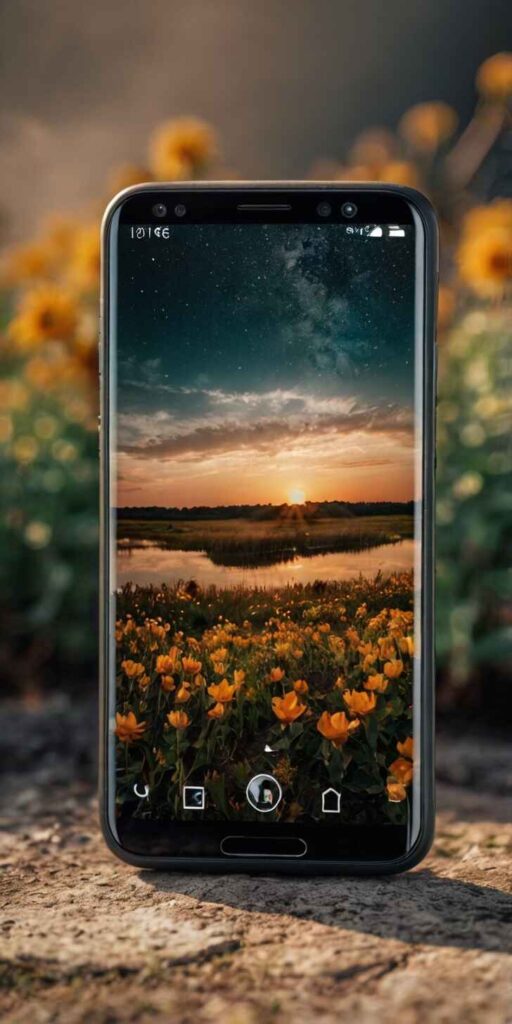
Section 5: Mobile Photography Tips
Having a mobile phone with the best camera is just the first step. To truly make the most of your smartphone camera, it’s essential to understand some key photography tips and techniques. These tips will help you capture stunning images and improve your overall mobile photography skills.
Lighting
Utilize Natural Light
Whenever possible, use natural light to enhance your photos. The golden hour (shortly after sunrise and before sunset) offers the best lighting conditions. Natural light provides a soft and warm glow that enhances the overall quality of your images.
Avoid Harsh Light
Direct sunlight can create harsh shadows and highlights. Try to find diffused lighting or use reflectors to soften the light. Shooting in shaded areas or during overcast days can also help achieve more balanced lighting.
Experiment with Artificial Lighting
Use softboxes, ring lights, or other artificial lighting sources to achieve the desired effect, especially in indoor settings. Artificial lighting allows you to control the intensity and direction of light, making it easier to create professional-looking images.
Composition
Rule of Thirds
Divide your frame into nine equal parts and place your subject along these lines or at their intersections for a balanced composition. This simple technique helps create more dynamic and visually appealing photos.
Leading Lines
Use natural or architectural lines to draw attention to your subject. Leading lines guide the viewer’s eye through the image and add depth to your photos.
Symmetry and Patterns
Incorporate symmetry and repeating patterns to create visually appealing images. Symmetrical compositions and patterns can make your photos more interesting and aesthetically pleasing.
Focus and Exposure
Tap to Focus
Manually tap on your subject to ensure it is in sharp focus. This simple action can make a significant difference in the clarity of your photos, especially in challenging lighting conditions.
Adjust Exposure
Use the exposure slider to brighten or darken your image based on the lighting conditions. Proper exposure ensures that your photos have the right amount of light, preventing overexposed or underexposed images.
Use HDR
High Dynamic Range (HDR) mode can help capture more detail in scenes with a wide range of light and dark areas. HDR combines multiple exposures to create a well-balanced image with better detail in both shadows and highlights.
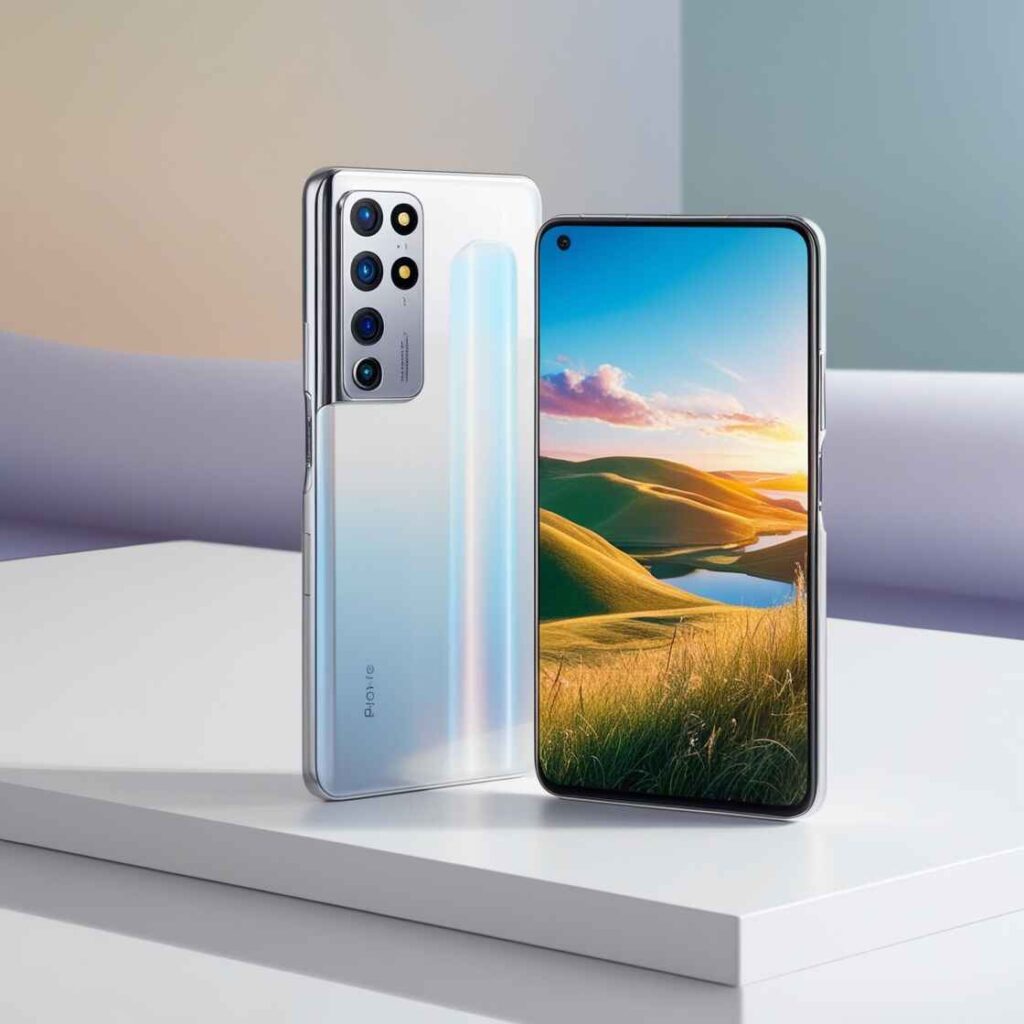
Post-Processing
Editing Apps
Use editing apps like Adobe Lightroom, Snapseed, or VSCO to enhance your photos. These apps offer a wide range of tools and filters to improve the overall quality and aesthetics of your images.
Adjust Basic Settings
Fine-tune the brightness, contrast, saturation, and sharpness to improve the overall look of your photo. Small adjustments can significantly enhance the visual appeal of your images.
Apply Filters Sparingly
Use filters to enhance your image subtly, but avoid overdoing it. Overuse of filters can make your photos look unnatural. Aim for a balanced and natural look.
Experiment with Camera Modes
Portrait Mode
Use portrait mode for stunning depth-of-field effects that highlight your subject. This mode blurs the background while keeping the subject in sharp focus, creating a professional-looking photo.
Night Mode
Take advantage of night mode for clear and bright photos in low-light conditions. Night mode uses longer exposure times and advanced algorithms to capture more light and reduce noise.
Pro Mode
Experiment with manual settings like ISO, shutter speed, and white balance for greater creative control. Pro mode allows you to fine-tune your camera settings to achieve the desired effect, making it ideal for experienced photographers.
Section 6: Future Trends in Smartphone Camera Technology
Upcoming Innovations
Predictions for New Technologies in Mobile Photography
Expect advancements in sensor technology, AI-driven photography features, and integration of AR and VR capabilities in smartphone cameras.
Potential Advancements in AI and Computational Photography
Improved AI algorithms will enhance image processing, making it easier to capture professional-quality photos with minimal effort.
Industry Trends
Market Shifts and Emerging Players
New players in the smartphone market are focusing on camera innovation to differentiate themselves and attract photography enthusiasts.
Frequently Asked Questions
What is the best mobile phone with the best camera in 2024?
Discover the top mobile phones with the best cameras available in 2024 for capturing stunning photos and videos.
Which mobile phone offers the best camera quality for photography enthusiasts?
Learn about mobile phones that offer exceptional camera quality, perfect for photography enthusiasts.
What features should I look for in a mobile phone with the best camera?
Find out the essential features to consider when choosing a mobile phone with the best camera.
Are mobile phones with the best cameras good for low-light photography?
Explore how mobile phones with the best cameras perform in low-light conditions and which models excel.
Which mobile phone brand is known for having the best camera?
Compare the top mobile phone brands known for their excellent camera quality and performance.
What is the best budget mobile phone with a great camera?
Discover affordable mobile phones that offer excellent camera quality without breaking the bank.
Do mobile phones with the best cameras support 4K video recording?
Learn about mobile phones that support 4K video recording and have top-notch cameras.
Can mobile phones with the best cameras replace a professional DSLR?
Find out if mobile phones with the best cameras can serve as a viable replacement for professional DSLR cameras.
What are the top 5 mobile phones with the best cameras in 2024?
Get a list of the top 5 mobile phones with the best cameras in 2024 for capturing high-quality images.
How do I choose a mobile phone with the best camera for vlogging?
Tips on selecting a mobile phone with the best camera features for vlogging and content creation.
Do mobile phones with the best cameras have optical zoom capabilities?
Explore mobile phones with the best cameras that offer optical zoom for better image quality.
Which mobile phone has the best front camera for selfies?
Discover which mobile phone offers the best front camera quality for taking perfect selfies.
How important is software in determining camera quality?
Software plays a crucial role in image processing, enhancing features like HDR, night mode, and portrait mode.

Conclusion
Finding the mobile phone with the best camera involves considering various factors, such as technical specifications, software enhancements, and additional features. By understanding the key features that make a great camera phone and exploring the top options available in 2024, you can make an informed decision that meets your photography needs. Whether you’re looking for a flagship device with cutting-edge technology or a budget-friendly option with impressive capabilities, there’s a camera phone out there for everyone.
With advancements in mobile camera technology, AI, and computational photography, the future of mobile photography looks brighter than ever. As you embark on your journey to capture stunning images, remember to utilize the tips and techniques mentioned in this guide to make the most of your smartphone camera. Happy shooting!
In conclusion, having a mobile phone with the best camera can significantly enhance your photography experience. Whether you’re a professional photographer or an amateur enthusiast, the right camera phone can help you capture stunning images and videos. By understanding the key features and advancements in mobile camera technology, you can make an informed decision and choose the best camera phone for your needs.
From premium flagships to budget-friendly options, there’s a camera phone for everyone. With features like night mode, portrait mode, and advanced video capabilities, modern smartphones offer a wide range of possibilities for capturing and sharing your moments. By utilizing the mobile photography tips provided in this guide, you can take your photography skills to the next level and create beautiful, memorable images.
So, go ahead and explore the world of mobile photography with confidence. With the right camera phone and the right techniques, you can capture the beauty of life in all its forms. Happy shooting!

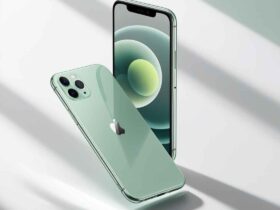








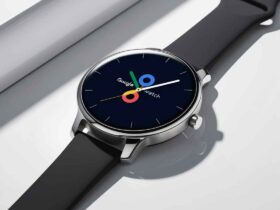
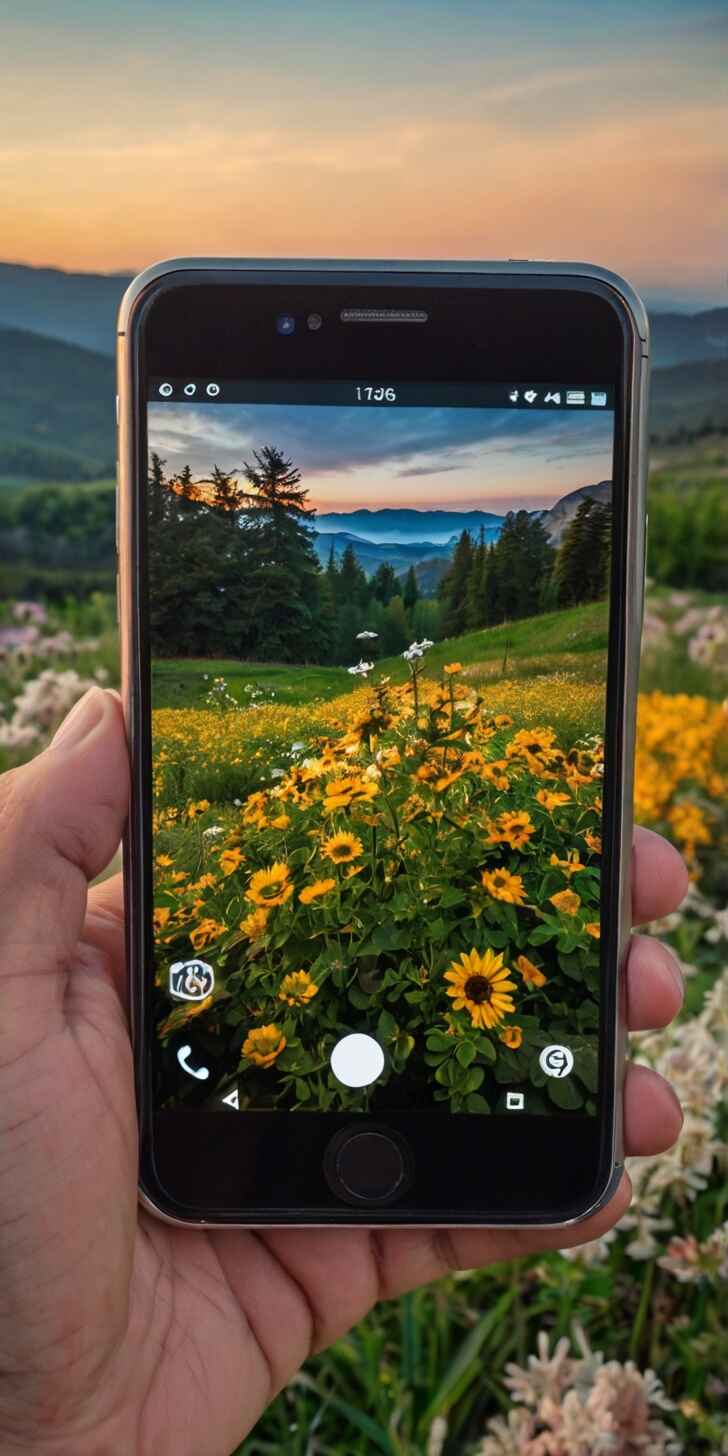
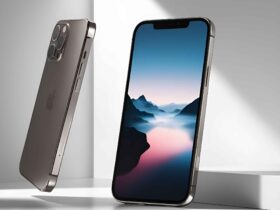
Leave a Reply